The cello, often described as the “soul of the orchestra,” possesses a depth of tone and emotional resonance that makes it a beloved and indispensable instrument in classical music and beyond. With its warm, sonorous sound and expansive range, the cello is capable of expressing a wide spectrum of emotions, from profound melancholy to exuberant joy.
Dating back to the 16th century, the cello evolved from earlier stringed instruments like the viola da gamba and the viola da braccio. Its modern form features a resonant wooden body, a curved neck, and four strings tuned in perfect fifths. Played upright between the knees of the seated musician, the cello is supported by an endpin that rests on the floor, allowing for greater stability and control.
One of the defining characteristics of the cello is its expressive potential. With its rich, velvety timbre and expansive dynamic range, the cello is capable of producing a wide variety of tones, from the gentle whisper of a pianissimo to the soaring intensity of a fortissimo. This versatility allows cellists to convey a myriad of emotions with nuance and depth, making the instrument a favorite among composers and performers alike.
In the world of classical music, the cello holds a prominent place as both a solo instrument and an essential member of the orchestra. Renowned cellists such as Yo-Yo Ma, Jacqueline du Pré, and Mstislav Rostropovich have mesmerized audiences with their virtuosic performances, bringing to life beloved concertos, sonatas, and chamber works.
Beyond classical repertoire, the cello has also made significant contributions to a wide range of musical genres, including jazz, folk, rock, and contemporary pop. In jazz, cellists like Django Reinhardt and Oscar Pettiford have explored new avenues of expression, blending the instrument’s lush tone with the improvisational freedom of the genre.
In folk traditions around the world, the cello adds a touch of warmth and depth to traditional melodies and rhythms. Whether accompanying a Scottish fiddle tune, a Hungarian folk dance, or an Appalachian ballad, the cello’s soulful sound enhances the emotional impact of the music and creates a sense of intimacy and connection with listeners.
In addition to its musical prowess, the cello also holds a special place in popular culture, appearing in film scores, television soundtracks, and contemporary music videos. Its haunting melodies and evocative harmonies have been featured in iconic films like “Schindler’s List,” “The Godfather,” and “Crouching Tiger, Hidden Dragon,” adding depth and emotion to cinematic storytelling.
Ultimately, the cello’s enduring popularity and universal appeal can be attributed to its ability to touch the hearts and souls of listeners with its beauty, warmth, and expressiveness. Whether performing on stage, in the studio, or in the comfort of one’s own home, the cello continues to inspire awe and admiration with its timeless elegance and emotional resonance.
